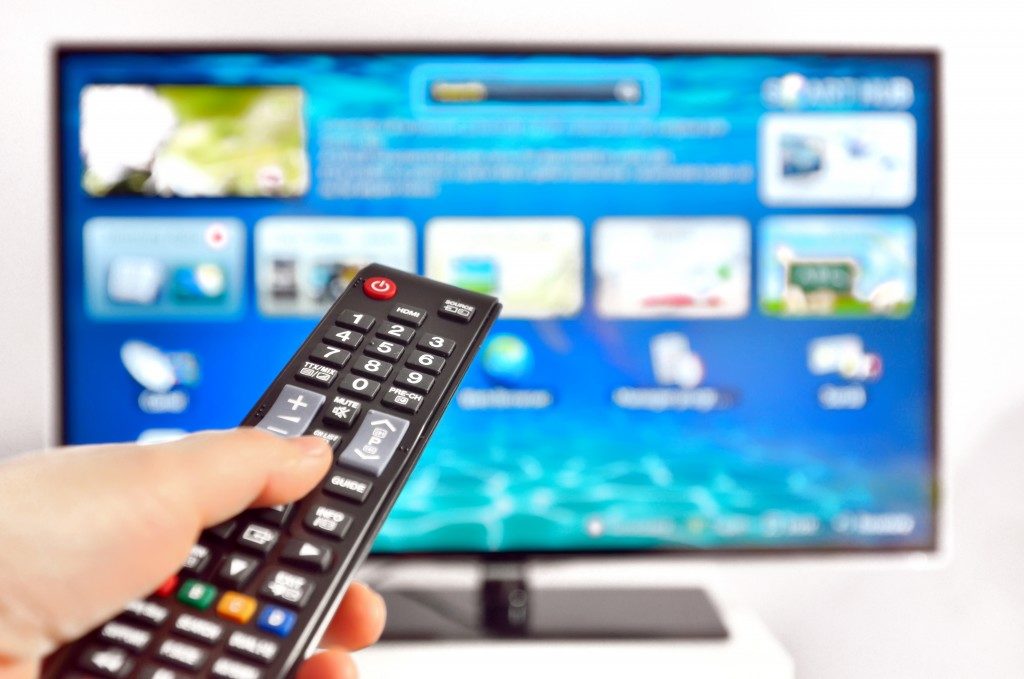Back then, it seems like only the rich can afford TVs, but now it is almost as if every household has one. If you have gone to an appliances store or even in online shopping platforms recently, you may have noticed that it might be because TVs are becoming more affordable. But why? We will try to answer that here.
Manufacturing efficiency and costs
Almost all kinds of electronics have become easier to manufacture as technology progresses. Because of this, manufacturing costs got cheaper. This is happening in the case of televisions. Much of a modern television’s components have become easier to manufacture, but a great example for what caused the cost reduction would be the LEDs.
Since many countries around the world have provided deadlines for analog TV broadcast, most of the ones we see nowadays are flat-screen LED TVs. The modern TV has an LCD panel that uses LED backlights for brightness. Unlike older TVs that make use of heavier, bulkier tubes that need a lot of power to operate, LED backlights consume less power, which means the power supplies are less expensive for new TVs. And since the LED backlight is lighter, thinner, eco-friendly and has smaller power supply, the shipping would cost less.
Frequency of purchase
People do not really buy TVs frequently. Some of us may even change our phones more often than our TVs and we may reason that we change phones because we need to. Meanwhile, most people may see a television more as a want than a need (unless the TV they currently own was broken or they are moving to a new home). But TV manufacturers must entice consumers to buy their product somehow and a great way to do this is by lowering product prices.
Product similarities

When you see advertisements, brochures or online listings for a smart TV for sale, you may not be able to tell how each model is different from one another. These TVs all have the same functions after all and their differences in design might be too minimal to notice.
Aside from the price tag, many buyers only look at the picture quality and size of a TV to decide if they should buy it. If they are looking for a smart TV, buyers might also check for the connectivity and speed. The products which top TV manufacturers offer are of similar sizes, display clarity and connectivity anyway, so their products may not have a lot of differentiating features they can highlight to boost sales. Because of this, the prices for modern TVs tend to also be similar, and keeping prices lower than those of their competitors might be one of the relatively limited ways a manufacturer can sell more TVs.
It is not only TVs that have become cheaper over the years. As technology makes manufacturing easier, the prices for some manufactured products usually get lower. What people want and need also change over the years, and so does the supply and demand for things. So those might factor into the changes we observe among product prices as well.

